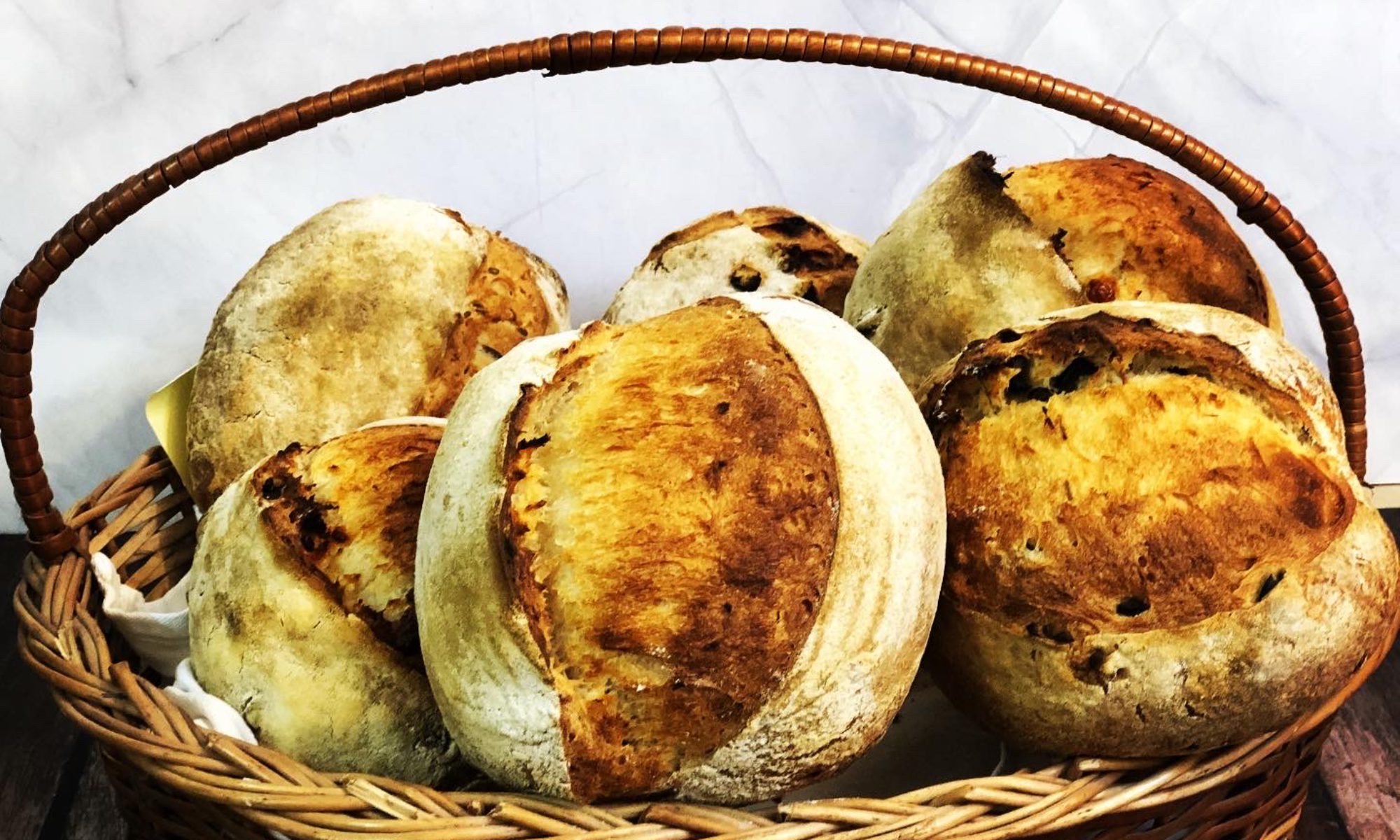As a child, I remember helping my grandma in the kitchen when she would be making something special for us. I would love playing assistant to her and she would generally ask me to cut vegetables or fruits depending on what was cooking. She would be very particular about the type of cut for the vegetables, its uniformity and size. Her deft handling of the knife would mesmerise me. She was a stickler for perfection and at that time I would fail to understand why she would insist on the vegetables be cut a certain way.
Why are knife skills so important? Is the food not tasty if the food items are not cut in a certain way? What are the different cutting techniques and what are the common types of cuts and shapes used? Well, these are the questions I will try to answer in this blog.
Not only are knife skills very important to a culinary professional, but also to a home cook simply for two reasons.
- The uniform cut of food items ensures that they are cooked evenly. This affects the texture and the taste of the dish.
- Sight is one of the most important senses we use not only while cooking, but also while eating. Good presentation makes the food more appealing and enhances the overall experience.
So what are the different cutting techniques used in the kitchen? Many a times we use lot of verbs interchangeably to signify cutting. Some of them are chop, shred and mince. Each of them actually is for a cutting technique.
- Chop – This is when we cut the food stuff into irregular shapes. It is typically used when we are making stock or broth by boiling the chopped food in water. It is also used where the cooked food is pureed eventually and hence the size doesn’t matter.
- Mince – The food is cut to very small pieces. Generally flavouring ingredients like garlic, ginger, chilli, herbs, onion etc are minced so that the juices released flavour the food item more. Minced food cooks quickly.
- Shred – Cutting food into thin strips is called shredding. Shredding can be done either manually with knife or using a grater.
- Concasse – The English meaning of Concasse is to crush or grind and actually is a cutting technique to cut roughly. Food processor can also be used to achieve this. It is generally applied to tomato (tomato concasse)
- Emincer – This is a French cooking term which means to slice thinly.
- Chiffonade – This is a slicing technique in which leafy vegetables like spinach, basil, lettuce etc are cut into thin long strips
Different dishes require the fruits, vegetables or meat to be cut in a different way. Following are a basic cuts and shapes used in the culinary world
- Large dice – This is a cube cut with dimensions of 2 x 2 x 2 cm
- Medium dice – Cube cut of 12 x 12 x 12 mm
- Small dice – Cube cut of 6 x 6 x 6 mm
- Brunoise – Cube cut of 3 x 3 x 3 mm
- Fine brunoise – Cube cut of 1.5 x 1.5 x 1.5 mm
- Rondelle – Round cut of different diameters and thicknesses
- Bâtonnet – Means cut like a baton or stick with dimensions of 6 mm x 6 mm x 5-6 cm
- Julienne – Stick cut of 3 mm x 3 mm x 2.5-5 cm
- Fine Julienne – Stick cut of 1.5 mm x 1.5 mm x 2.5-5 cm
- Lozenge – Diamond shaped cut of 12 x 12 x 3 mm
- Paysanne – Country style cut more informal in nature as compared to the above very precise cuts. Here vegetables are cut according to their shapes. For example, carrots are cut in rounds , potatoes can be cut square or rectangular.
- Fermière – Fermière is the French word for farmer. This cut signifies the simple rustic irregular shape, varied diameter and thickness cut.
- Tourné – Tourné is the French word for ‘turned’ and refers to a way of generally cutting root vegetables oblong seven-sided football like shapes of dimensions 5 x 2 cm.
To achieve these cuts, it is essential to have a sharp steel chef’s knife with a good grip. To save time and effort and to achieve uniform cut, many tools are available. A good to have tool in your kitchen is a slicer which can easily cut the vegetables into rondelles, batonnets and juliennes. Food processors and mixer grinders are also effort reducing tools. So arm your kitchen with the necessary tools, practice the various cuts and shapes and take your cooking to the professional level!





Loved to read about different cut types. Feels as if I am taking French cooking class as I read this blog. Thanks for sharing the Julienne and fine Julienne measurements. I always wondered what it meant.
Thanks Kalika!